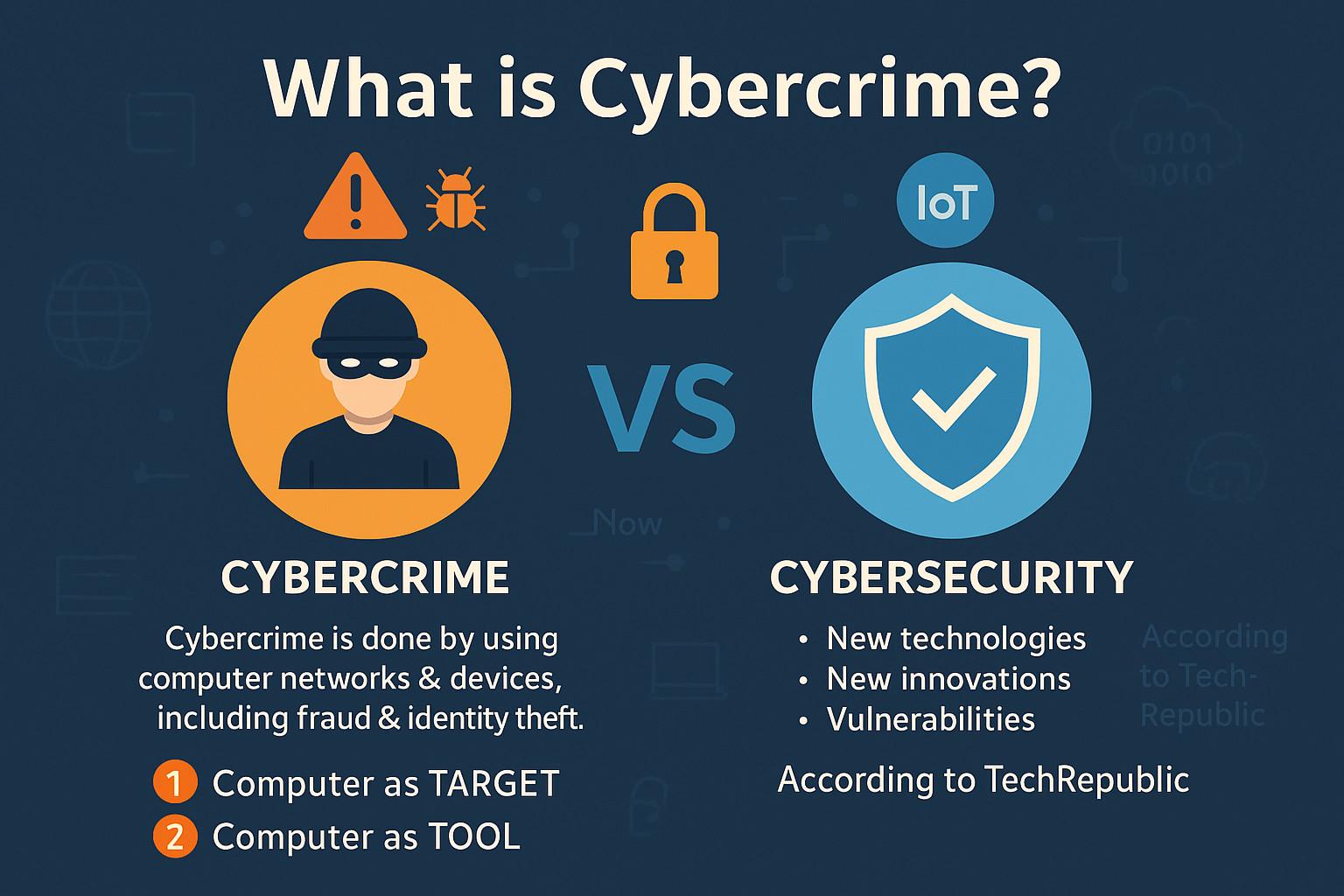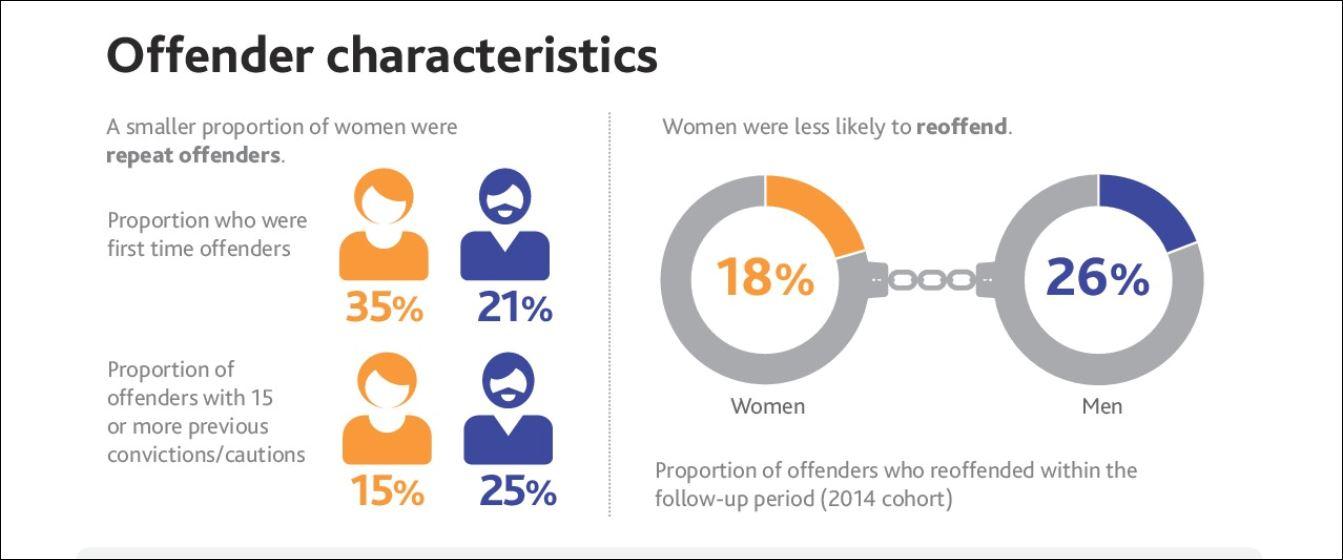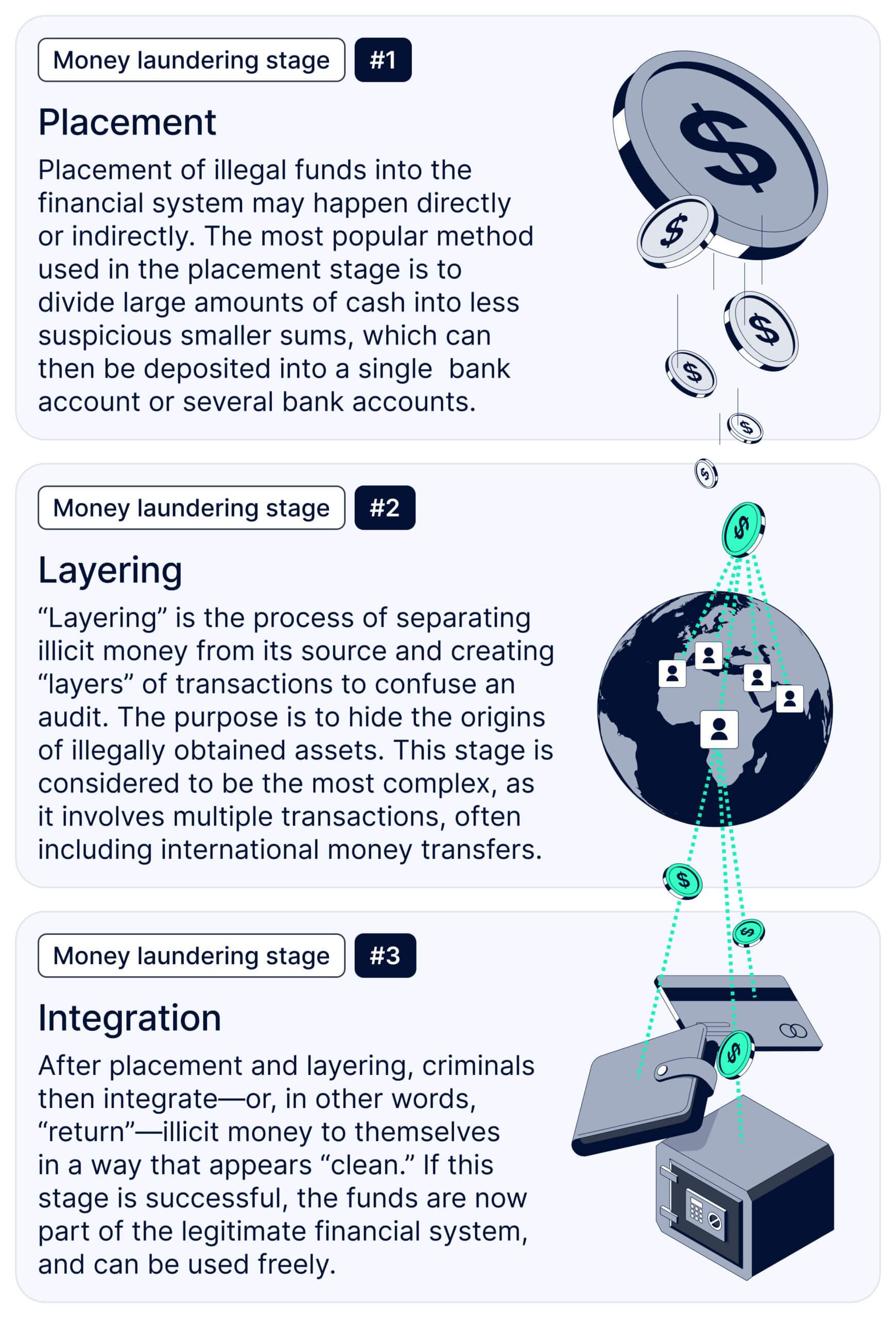In today’s hyper-connected world, cybercrime is evolving faster than ever, constantly adapting to new technologies and vulnerabilities. But what does the future hold for this shadowy underworld? As we embrace innovations like AI, quantum computing, and the expanding Internet of Things, cybercriminals are already sharpening their tools and exploring bold new tactics. In this article, we’ll dive into the emerging threats lurking on the horizon, uncover how they could impact our digital lives, and explore what steps we can take to stay one step ahead. Ready to peek into the future of cybercrime? Let’s explore together!
Table of Contents
- Emerging Cybercrime Tactics That Could Change the Game
- How Artificial Intelligence Might Amplify Digital Threats
- Protecting Yourself in a World of Sophisticated Cyber Attacks
- Building Smarter Defenses: Strategies for the Next Generation of Cybersecurity
- In Conclusion
Emerging Cybercrime Tactics That Could Change the Game
Cybercriminals are no longer relying on traditional methods like phishing or simple malware; they are evolving with the digital landscape, deploying highly sophisticated techniques that leverage artificial intelligence and machine learning. Imagine malware that can adapt its code to evade detection or deepfake videos used as tools for highly convincing social engineering attacks. These innovations not only increase the success rate of attacks but also blur the lines between reality and manipulation, pushing defenders into uncharted territory.
Beyond AI-driven threats, we’re witnessing the rise of *attack automation* – entire cybercrime operations managed by autonomous bots capable of carrying out complex campaigns with minimal human intervention. Key developments include:
- Self-propagating ransomware that spreads through networks without external commands
- Quantum computing attempts to break current encryption standards
- Weaponization of IoT devices for large-scale DDoS attacks or persistent surveillance
These tactics promise to reshape the cybersecurity battlefield, demanding equally innovative defense strategies that anticipate and neutralize threats before they fully materialize.
How Artificial Intelligence Might Amplify Digital Threats
Artificial Intelligence (AI) is a double-edged sword in the realm of cybersecurity. While AI-driven tools bolster defenses, they also empower cybercriminals with unprecedented capabilities. Malicious actors can now deploy AI-powered phishing schemes that craft hyper-personalized messages, making scams far more convincing and difficult to detect. Additionally, AI can automate the identification of system vulnerabilities at a breakneck pace, enabling hackers to exploit weaknesses before organizations even realize they exist.
Furthermore, the rise of AI-generated deepfakes and synthetic identities will blur the lines between truth and deception in digital communications, ushering in new challenges for verification and trust. These advancements could facilitate:
- Automated social engineering attacks that mimic trusted individuals with chilling accuracy
- Weaponized AI bots capable of launching large-scale, adaptive cyberattacks in real time
- Evasive malware that learns and evolves to bypass traditional cybersecurity measures
The integration of AI into cybercrime tools will demand a radical evolution in defense strategies, turning the cybersecurity landscape into an intense battleground of human ingenuity versus machine intelligence.
Protecting Yourself in a World of Sophisticated Cyber Attacks
As cyber threats evolve, so must our tactics for defense. The digital landscape today is riddled with attackers who leverage cutting-edge technologies like artificial intelligence, deepfakes, and even quantum computing to breach security systems. Staying ahead means adopting a mindset of vigilance combined with action: regularly updating software, scrutinizing unexpected emails, and employing multi-factor authentication to add layers of protection. Think of cybersecurity less like a fortress and more like an ever-adapting ecosystem where agility and awareness are your strongest assets.
To navigate these risks effectively, consider integrating the following practices into your digital routine:
- Continuous education: Stay informed about emerging threats and tactics used by attackers.
- Strong password management: Use unique, complex passwords and a trusted password manager.
- Regular backups: Maintain encrypted backups of critical data to mitigate ransomware risks.
- Network segmentation: Limit exposure by isolating sensitive systems from general access networks.
- Behavioral monitoring: Utilize tools that detect anomalous activity in real-time.
Embracing these habits builds a resilient shield, empowering you to confidently engage with technology even as cybercriminals sharpen their arsenals.
Building Smarter Defenses: Strategies for the Next Generation of Cybersecurity
In an ever-evolving digital landscape, cybersecurity must pivot from reactive to proactive measures. This means embracing adaptive learning systems that don’t just respond to threats but anticipate them. Leveraging AI-powered analytics, organizations can identify subtle patterns of suspicious behavior before they escalate into full-scale attacks. It’s about creating a dynamic defense mechanism where human expertise intersects with machine precision, resulting in smarter, faster threat neutralization.
Key strategies for fortifying next-gen cybersecurity include:
- Behavioral biometrics: Moving beyond passwords, this technology uses unique user behaviors to verify identity continuously.
- Decentralized security models: Distributing defenses across networks to minimize single points of failure.
- Threat intelligence sharing: Collaborating across industries to build a comprehensive view of emerging threats.
- Zero Trust Architecture: Continuously verifying every access attempt regardless of its source.
In Conclusion
As we look ahead, one thing is clear: the landscape of cybercrime is evolving faster than ever, challenging us to stay one step ahead. From AI-powered attacks to increasingly sophisticated social engineering tactics, the threats on the horizon demand our curiosity and vigilance. While we can’t predict every twist and turn, embracing a mindset of continuous learning and adaptability may be our best defense. After all, understanding what new dangers await is the first step toward shaping a safer digital future-one where innovation outpaces exploitation. Stay curious, stay informed, and keep questioning what’s next in the world of cyber threats.










